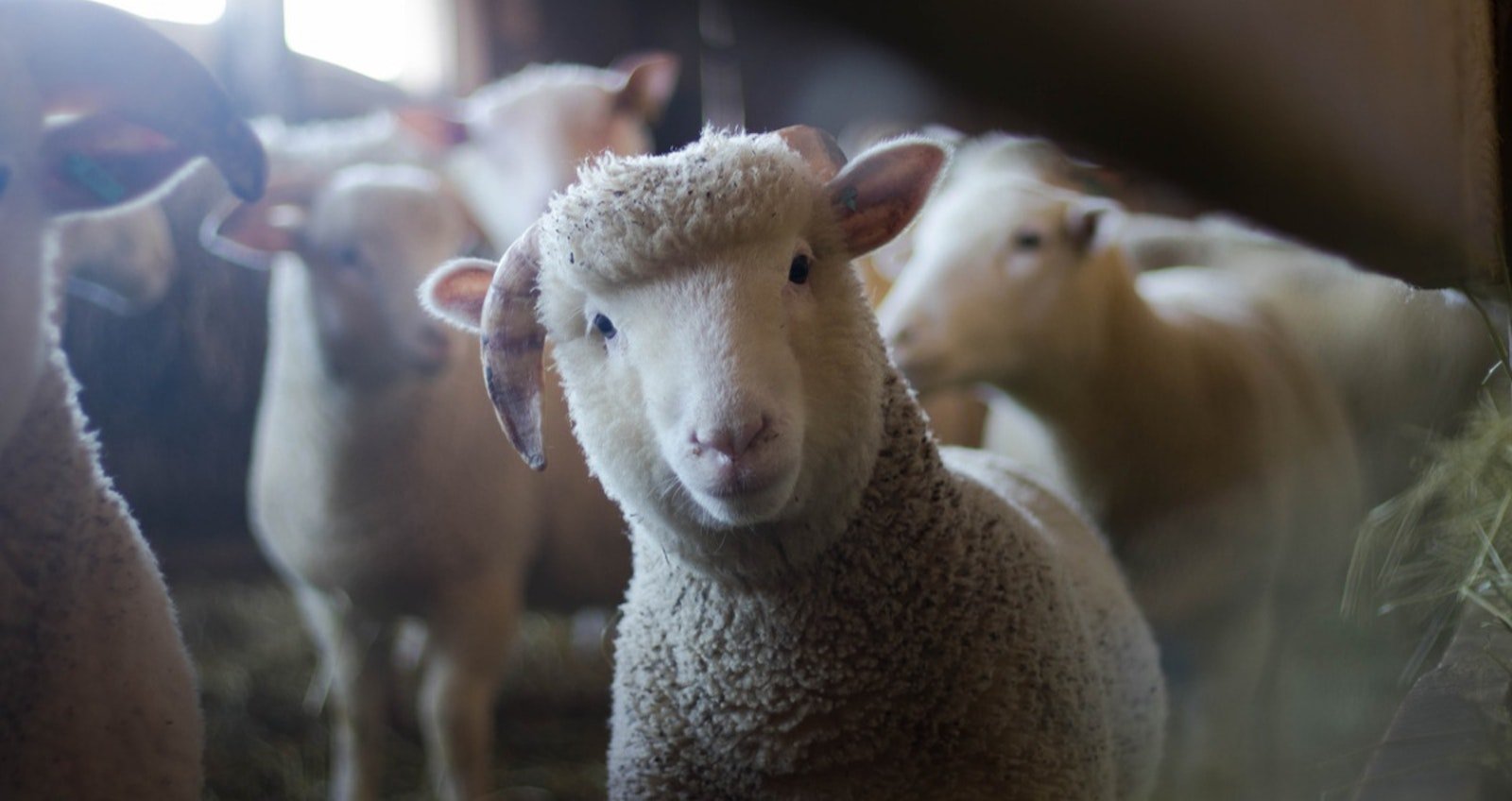My closet contains more than just sheep: plants and even trees live there! When I began spinning twenty-some years ago, handspinners typically focused on protein fibers (wool, hair, silk—basically anything that comes from animals). Spinners who preferred cellulose fibers generally stuck to linen or cotton, since they were easy to acquire. Manufactured fibers involved more effort in those days: We had to look hard for retailers and then for reliable sources on how to spin, finish, and dye these yarns.
What do I mean by “manufactured fibers”? They live in a gray zone between synthetics (like nylon or acrylic), and plant or animal fibers that we can prep for spinning without industrial equipment. Manufactured fibers begin their lives as leftovers from other products, such as building materials or foodstuffs. The leftover wood pulp, bamboo, soy beans, sugar cane, seaweed, or other plants get mulched and then extruded into tiny filaments; once these filaments harden, spinners can blend them with other fibers or spin them solo.
My Nadine tunic from 2010 incorporated two manufactured fibers: handspun bamboo and commercial tencel yarn. Although I’d spun bamboo before, it had been in small quantities. For this project, I spun about a pound of bamboo from the fold, making this slippery fiber much easier to manage. The resulting dk-to-worsted singles perfectly suited a tunic from French Girl Knits, Kristeen Griffin-Grimes’s lovely collection of knitwear—almost. I didn’t have enough handspun for the entire garment, and it wasn’t consistent enough for the lace panels. So I frankensteined—a commercial tencel yarn from my stash solved both problems. I skeined up the tencel and threw all of the yarn into the same dye pot. Both the handspun and the commercial yarn came from cellulose fibers (bamboo and wood pulp, respectively); I used the same dye expecting similar yet not identical results. It worked! My handspun bamboo dried to a lustrous yarn with subtle shadings of color, while the tencel became a matte solid color. These contrasts in shine and color made the final garment even more beautiful.
I became a huge fan of manufactured fibers after my experience. They’re fun to spin, easy to dye, and delightful to wear in warmer weather. Handspun cellulose yarn doesn’t have much elasticity and can be very slippery, so it’s comparable to knitting with silk.
Nowadays, it’s much easier to find manufactured fibers and information on what to do with them. To start, check out Patsy Sue Zawistoski’s video Spinning the New Fibers. Break out of your spinning comfort zone during National Craft Month by trying something new with your spinning.
—Deb Gerish



